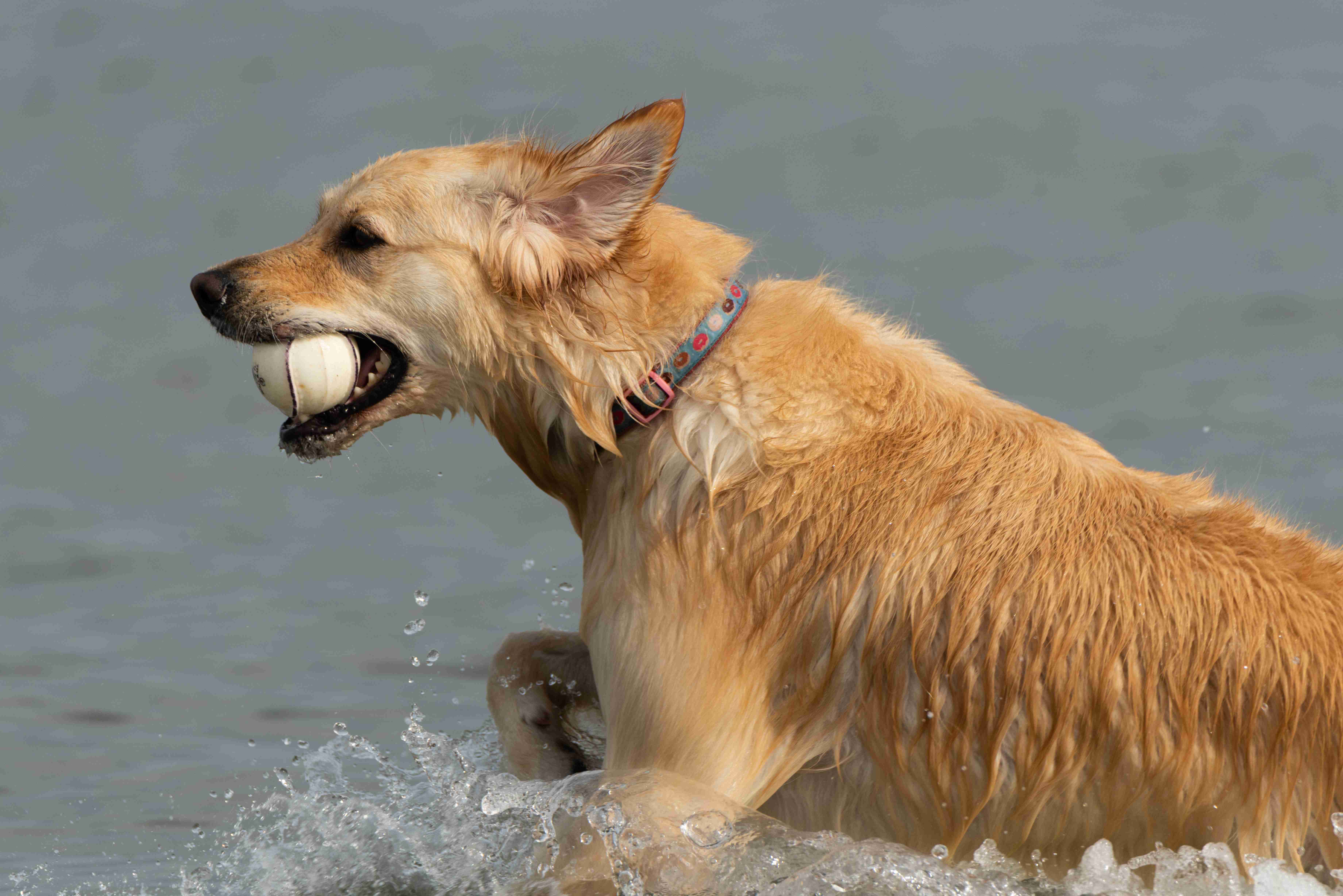Border Collies are intelligent, active, and energetic dogs that are known for their incredible athleticism and agility. However, just like any other breed, they are prone to certain health issues, and one of the most common and concerning is hip dysplasia. This condition occurs when a dog’s hip joint doesn’t develop properly, causing pain, discomfort, and mobility issues. Unfortunately, Border Collies are particularly susceptible to hip dysplasia, which can be heartbreaking for owners who want to see their furry friend enjoy a long, active, and pain-free life. Fortunately, there are simple steps you can take to help prevent hip dysplasia in your Border Collie. In this blog post, we’ll explore some of the best ways to protect your dog’s hips and keep them healthy and happy for years to come.
Border Collies are known for their incredible intelligence, agility, and loyalty. They are active dogs that require a lot of exercise and attention. However, they are also prone to hip dysplasia, a genetic condition that affects the hip joint. Hip dysplasia can cause pain, discomfort, and even disability in dogs, making it crucial for dog owners to take preventative measures to protect their Border Collies’ hips. In this post, we’ll discuss simple tips that can help you prevent hip dysplasia in your Border Collie.
What is Hip Dysplasia?
Hip dysplasia is a genetic condition that affects the hip joint. It occurs when the ball and socket joint of the hip do not fit together properly. This can cause the joint to become loose, leading to damage to the joint cartilage and eventually the development of arthritis. Hip dysplasia can affect dogs of any breed, but it is particularly common in large breeds such as the Border Collie.
Symptoms of Hip Dysplasia
Hip dysplasia can cause a range of symptoms in dogs, including:
– Stiffness in the hips
– Difficulty getting up or lying down
– Limping or lameness
– Decreased activity level
– Pain or discomfort in the hips
– Muscle wasting in the hind legs
– Loss of range of motion in the hips
If you notice any of these symptoms in your Border Collie, it is important to take them to the vet for a proper diagnosis.
Preventing Hip Dysplasia
While hip dysplasia is a genetic condition, there are several things you can do to help prevent it from developing or worsening in your Border Collie. Here are some simple tips to help protect your dog’s hips:
1. Choose the Right Breeder
One of the most important things you can do to prevent hip dysplasia in your Border Collie is to choose a reputable breeder. A good breeder will conduct health screenings on their breeding dogs to ensure they are free from hip dysplasia and other hereditary conditions. They will also be able to provide you with information about the health history of your puppy’s parents and grandparents.
.jpg)
2. Provide a Healthy Diet
Proper nutrition is important for the overall health and wellbeing of your Border Collie, including their joint health. Make sure your dog is getting a balanced diet with the right amount of protein, fat, and carbohydrates. Consider adding supplements such as glucosamine and chondroitin to your dog’s diet to help support joint health.
3. Control Your Dog’s Weight
Obesity is a major risk factor for hip dysplasia, as it puts extra strain on the joints. Make sure your Border Collie is maintaining a healthy weight by feeding them the right amount of food and providing plenty of exercise. If your dog is overweight, talk to your vet about a weight loss plan.
4. Exercise Your Dog Appropriately
Exercise is important for your Border Collie’s physical and mental health, but it is important to make sure you are providing appropriate exercise for their age and breed. Avoid high-impact activities such as jumping or running on hard surfaces, as this can put strain on the hips. Instead, opt for low-impact activities such as swimming, walking, and hiking on soft surfaces.
5. Provide a Comfortable Sleeping Area
Make sure your Border Collie has a comfortable sleeping area that provides good support for their joints. Consider investing in an orthopedic dog bed that provides extra cushioning and support.
6. Regular Vet Check-Ups
Regular vet check-ups can help catch hip dysplasia early on, allowing for preventative measures to be taken. Make sure your Border Collie is seeing the vet for regular check-ups and follow-up appointments as needed.
Conclusion
Hip dysplasia is a common condition in Border Collies, but there are several things you can do to help prevent it from developing or worsening in your dog. By choosing the right breeder, providing a healthy diet and exercise, and monitoring your dog’s weight and joint health, you can help protect your Border Collie’s hips and ensure they live a happy, healthy, and active life.
As responsible pet owners, it’s up to us to do everything we can to ensure our furry friends lead happy, healthy lives. By taking the time to learn more about hip dysplasia in Border Collies and implementing the tips outlined in this article, you can help prevent this painful condition and give your pup the best possible chance at a long, active life. Remember, prevention is key, so start taking steps today to protect your Border Collie’s hips and overall well-being.


.jpg)
.jpg)
.jpg)
.jpg)

%20-%20Copy.jpg)
